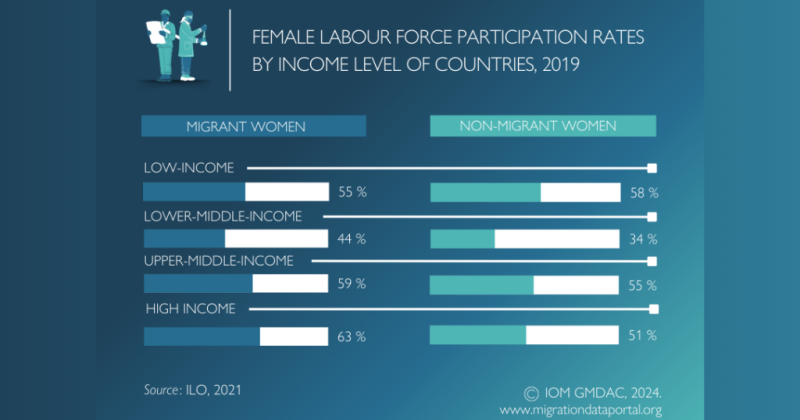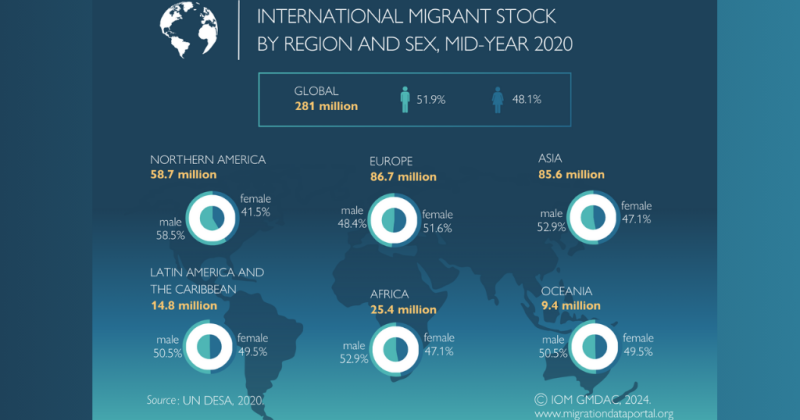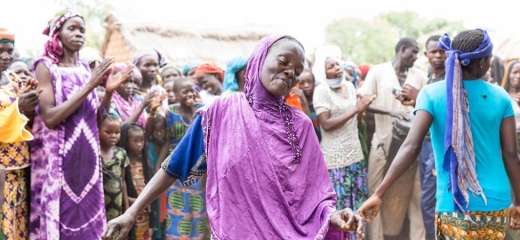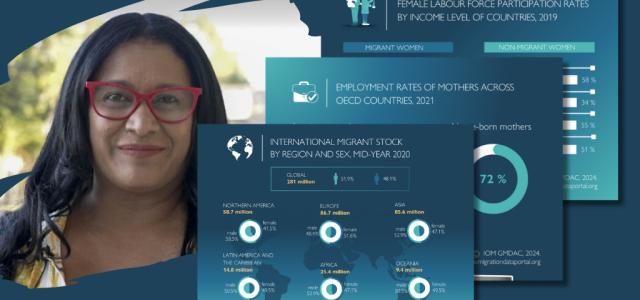

Gender inequalities contribute to heightened risks of human rights violations, and reduced socio-economic outcomes, especially affecting women, girls and gender-diverse persons. Thus, addressing gender dynamics and inequalities within policymaking and planning can contribute to social and economic empowerment and promote gender equality. Overlooking such considerations can expose persons of different genders to further risks and vulnerabilities and perpetuate or exacerbate inequalities.
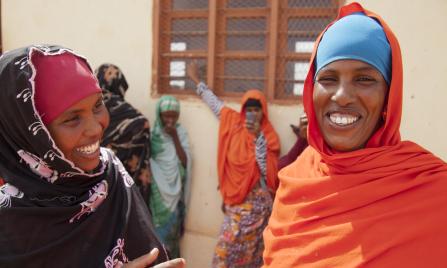
This spotlight offers an overview of available data and content related to gender and human mobility.
More contextual analysis will follow here soon.
This section predominantly features migration data disaggregated by sex, which contributes to the understanding of sex and gender-based dynamics of human mobility. Though this is important, disaggregating data by gender is important to understand the diverse socioeconomic realities of individuals of different genders (Hennebry et al., 2021). In this section, the terms “women”, “girls”, “females”, “men”, “boys” and “males” mainly refer to sex-disaggregated data on adult females, female children, females of all ages, adult males, male children, and males of all ages respectively. These terms are used to facilitate ease of reading and do not refer to data disaggregated by gender unless otherwise specified.




